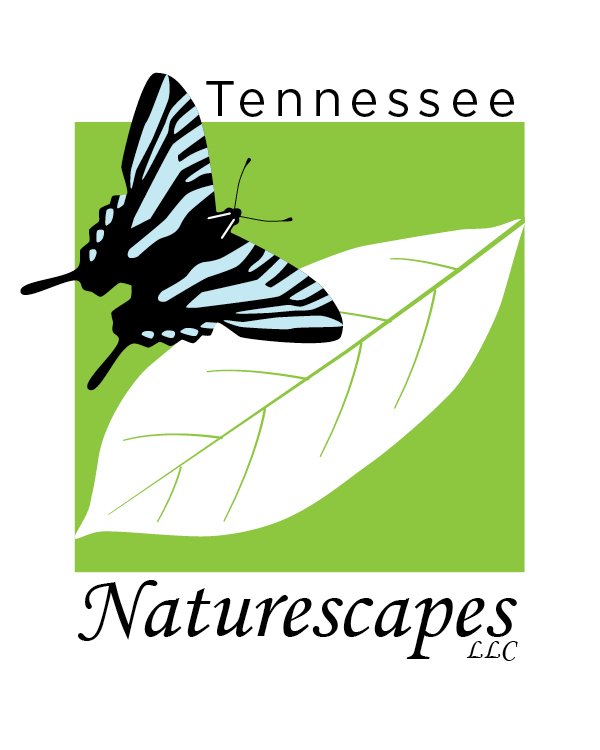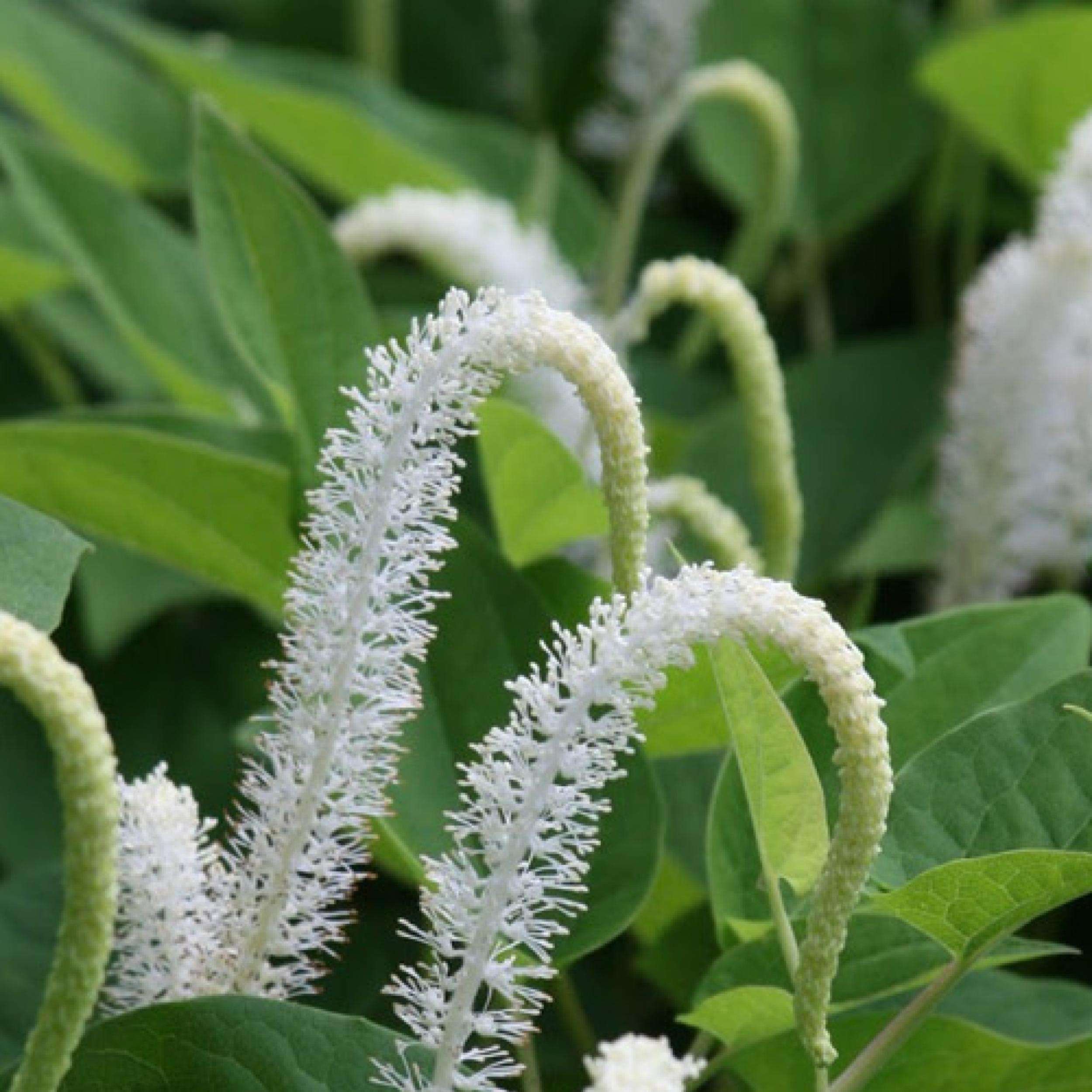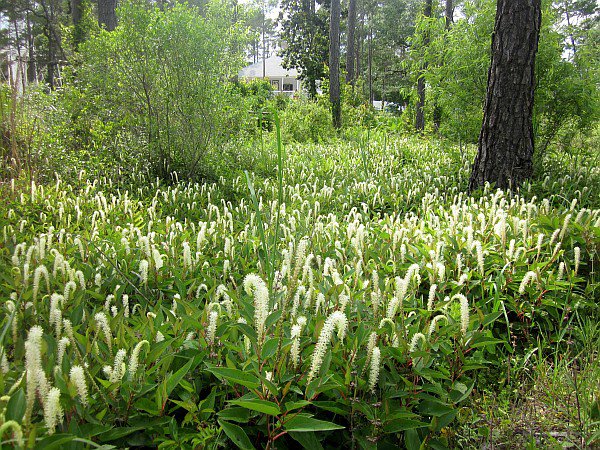 Image 1 of 3
Image 1 of 3

 Image 2 of 3
Image 2 of 3

 Image 3 of 3
Image 3 of 3




Symphyotrichum novae-angliae - (New England Aster)
GARDEN SITE: ☀️-⛅ Average to medium, well-drained soil. Prefers moist, rich soils but can tolerate some drought once established.
SIZE: 3-6 ft. SPREAD: 2-3 ft.
FLOWERS: Showy panicles of deep pink-purple or lavender. August-October.
WILDLIFE: Flower nectars are attractive to many pollinating insects including the Monarch butterfly and several species of specialized bees. Songbirds and mammals will eat the seeds.
LARVAL HOST TO: Pearl Crescent, Tawny Crescent, Field Crescent butterflies, Canadian Soma moth and Mining Bees.
ZONE: 4-8
DISTRIBUTION:AL , AR , CO , CT , DC , DE , GA , IA , IL , IN , KS , KY , MA , MD , ME , MI , MN , MO , MS , MT , NC , ND , NE , NH , NJ , NM , NY , OH , OK , OR , PA , RI , SC , SD , TN , UT , VA , VT , WA , WI , WV , WY
When other plants start to fade, New England Aster will provide your garden with vibrant color well into fall! Vivid purple flowers are borne atop sturdy stems making this an ideal choice as a background planting or as a companion plant for less upright growers. It also provides critical nectar for late season pollinators like the migrating Monarch butterfly. This relatively disease and pest free plant is extremely versatile and will complement pollinator, rain, cottage and native gardens. Resistant to deer and rabbit browse.
GARDEN SITE: ☀️-⛅ Average to medium, well-drained soil. Prefers moist, rich soils but can tolerate some drought once established.
SIZE: 3-6 ft. SPREAD: 2-3 ft.
FLOWERS: Showy panicles of deep pink-purple or lavender. August-October.
WILDLIFE: Flower nectars are attractive to many pollinating insects including the Monarch butterfly and several species of specialized bees. Songbirds and mammals will eat the seeds.
LARVAL HOST TO: Pearl Crescent, Tawny Crescent, Field Crescent butterflies, Canadian Soma moth and Mining Bees.
ZONE: 4-8
DISTRIBUTION:AL , AR , CO , CT , DC , DE , GA , IA , IL , IN , KS , KY , MA , MD , ME , MI , MN , MO , MS , MT , NC , ND , NE , NH , NJ , NM , NY , OH , OK , OR , PA , RI , SC , SD , TN , UT , VA , VT , WA , WI , WV , WY
When other plants start to fade, New England Aster will provide your garden with vibrant color well into fall! Vivid purple flowers are borne atop sturdy stems making this an ideal choice as a background planting or as a companion plant for less upright growers. It also provides critical nectar for late season pollinators like the migrating Monarch butterfly. This relatively disease and pest free plant is extremely versatile and will complement pollinator, rain, cottage and native gardens. Resistant to deer and rabbit browse.










